Kicking and squeezing the legs backward is wrong! Women clearly define the path to improving their breaststroke technique.
•5 min read
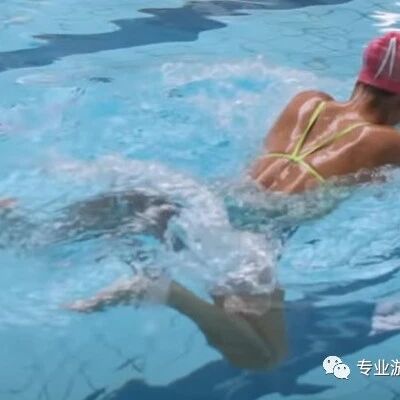
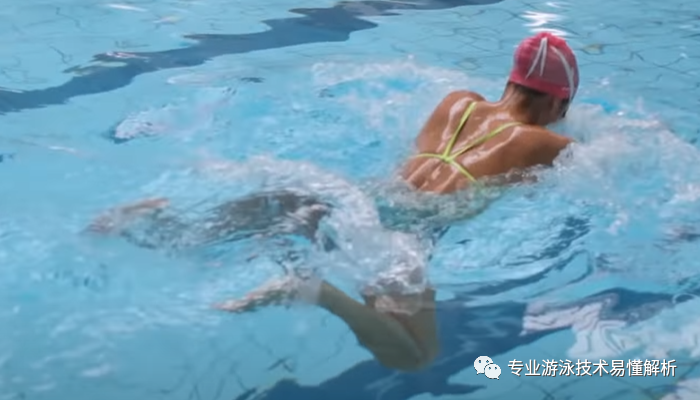
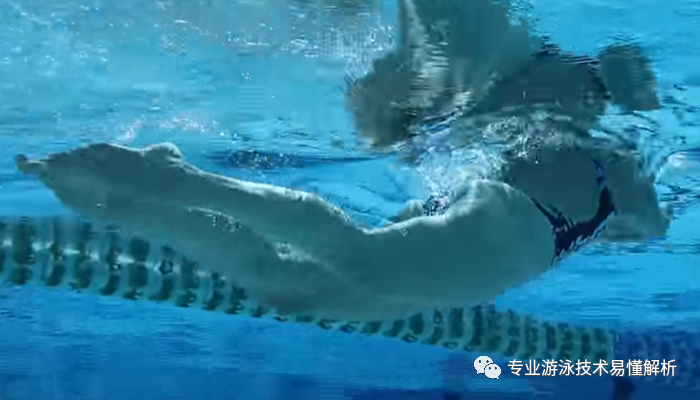

Related Articles
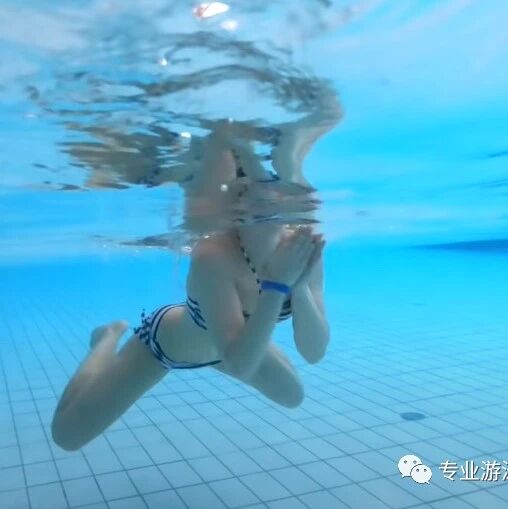
Swimming
Typical mistakes in breaststroke and why the water propulsion is ineffective
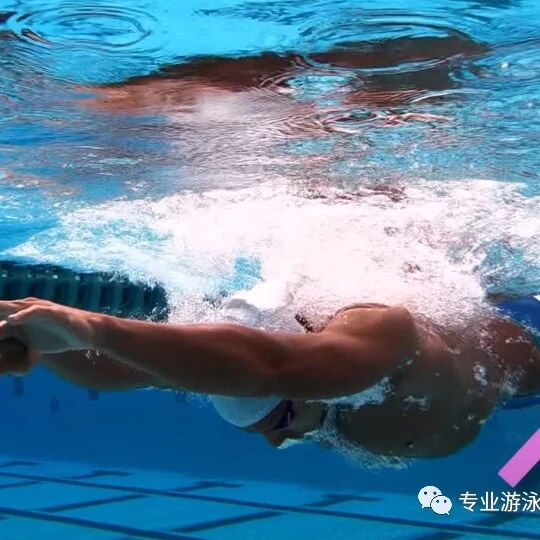
Swimming
Perform the frog kick—pulling, pushing, and squeezing the legs—with proper form and within your limits. Learn about the beginner's pathway for mastering breaststroke.
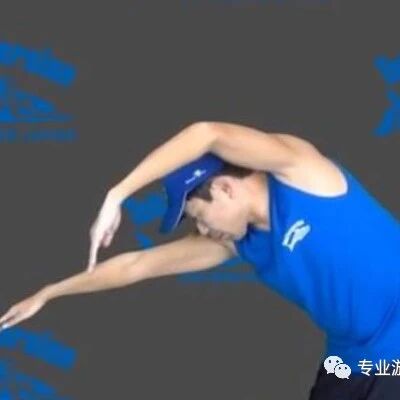
Swimming